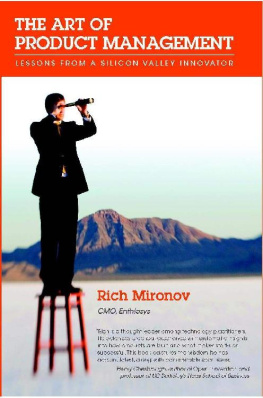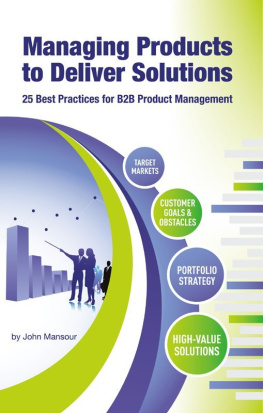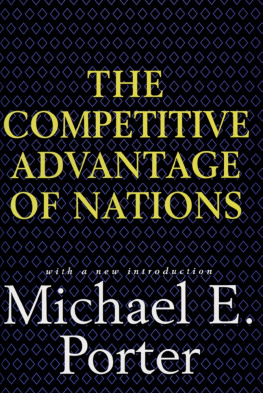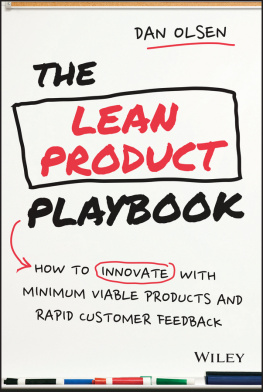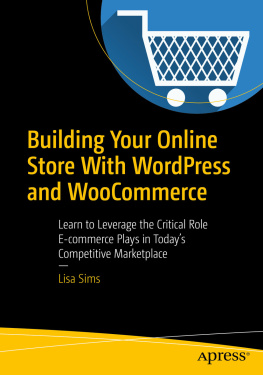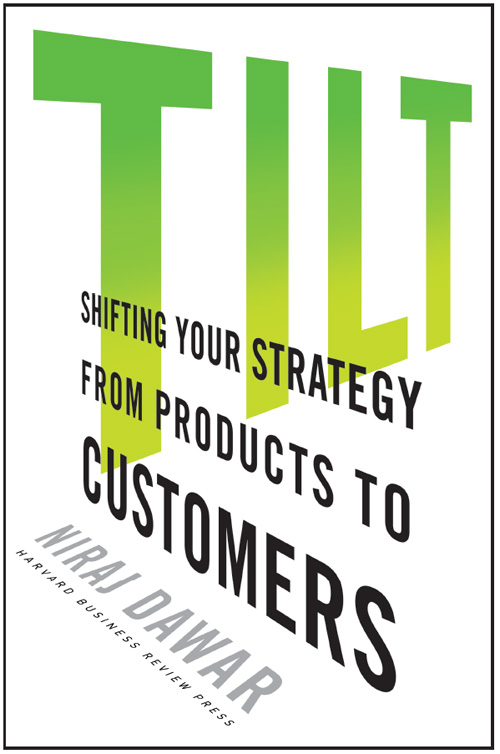No part of this publication may be reproduced, stored in or introduced into a retrieval system, or transmitted, in any form, or by any means (electronic, mechanical, photocopying, recording, or otherwise), without the prior permission of the publisher. Requests for permission should be directed to , or mailed to Permissions, Harvard Business School Publishing, 60 Harvard Way, Boston, Massachusetts 02163.
Why do marketers get so little respect? The CEO wonders how marketers spend their time; the chief financial officer (CFO) wonders how they spend the companys money; the sales folks think marketers are too conceptual, too abstract, and not sufficiently focused on the immediate business; and what the production and supply-chain folks think is not fit to print. The root of the problem is that for a couple of decades now, marketing hasnt been seen to be delivering competitive advantage. Since the heyday of mass media and mass brands, marketings strategic contribution has progressively diminished. The function has become increasingly tactical, moving the needle on share points, only to lose them within a quarter or two. Think of the reasons your company is (or is not) reliably and consistently more profitable than its rivals in the industry. How many of those reasons are marketing reasons?
And yet, there are signs of a marketing resurgence in some industries. The new giantsGoogle, Amazon.com, Facebook, and Appleare all marketing companies: both their value proposition and their competitive advantage are about customer information, and their success is underpinned by formidable brands. Indeed, you could argue that having been through its hardware, software, and Internet phases, Silicon Valley, that bellwether of the next frontier, is now in its marketing phase. But the marketing renaissance is not limited to the technology industry. Its effects are far-reaching and are redefining a wide range of industries in all geographic areas. Business leaders everywhere are grappling with rapidly commoditizing products and production and increasingly important customer management activities.
This book is for C-level executives involved in setting the strategic direction of a business. It is for CEOs who think they deserve to get a more strategic contribution from marketing, for CFOs who think they can get more bang for their marketing buck, and for marketing and brand managers who would like to regain some respect in the organization by contributing to the building of its sustainable competitive advantage.
Over the past twenty years, I have had the privilege of working with management teams in organizations in a wide variety of industries, from start-ups to multinationals, in various parts of the world. Today, many of the organizations are facing a new competitive landscape, where their traditional sources of competitive advantage are being neutralized as the world becomes flatter, and where new technologies rapidly erode product and production advantages that formed their bulwark against competition for decades. This book takes managers in these organizations back to basics, asking fundamental questions such as, Why do your customers buy from you rather than from your competitors? Answers to these questions reveal new opportunities to create both value for customers and new sources of competitive advantage.
Most books are written with a lot of help from friends. This one is no exception. In the preparation of this book, I have had the unwavering support of my wife, Chantal, who is also my idea vetter, my first-draft critic, and an all-around morale booster. I thank my sons for their patience as this book was being writtenwell go back to our canoeing and cycling trips soon.
I thank my colleagues at the Ivey Business School for conversations and draft reviews, for their support and flexibility. In particular I thank Mark Vandenbosch for his insights and incisive commentary. The dean, Carol Stephenson; the associate deans Roderick White and Eric Morse; and the director of the MBA program, Fraser Johnson, kindly gave me flexibility in scheduling my teaching to allow me the time to work on this book. I am grateful to my colleagues in the marketing area group for continual support.
My editor, Jeff Kehoe at Harvard Business Review Press, has a knack for crystallizing feedback in a way that immediately makes the end product better, and the editorial team at HBR Press holds manuscripts to the highest standard. It is also a genuine pleasure working with my agent, Esmond Harmsworth, of Zachary Schuster and Harmsworth. I am grateful for his insight into the publishing world, his ability to cut through the clutter to get at what matters, and his sense of humor.
Colleagues at INSEAD (in Fontainebleau and Singapore) kindly hosted me during my sabbatical years. In particular, I thank the faculty of the marketing area group for brilliant conversations over the years. My colleagues at Vlerick (Belgium) kindly hosted me during my sabbatical when the idea for this book was germinating, and in particular, I thank Philippe Haspeslagh, Steve Muylle, Marion Debruyne, and Frank Goedertier for discussions we have had on the big picture and cognitive competitive advantage. Thanks also to Flanders District of Creativity for funding and to Livia Pijakova for research assistance on the big-picture project, which fed into .
I am grateful to John Bradley for ongoing discussions about the history of marketing and for the joint manuscript we developed many years ago in A Future History of Marketing . Dr. Neil Duggal provided support and insights that strengthened the backbone of this book.
Thanks to PhD students Charan Bagga, Theodore Noseworthy, and Jodie Whelan for conversations and their helpful comments on earlier drafts. I am grateful to a group of close and supportive friends who acted as advance readers for early chapters.
Courtney Hambides and Kierra Clemens kept various versions of various drafts of this book organized, formatted, numbered, and accessible so that I could find my way around them. Thank you.
And finally, to the managers at the companies where I led workshops, conducted interviews, and participated in meetings: thank you for your openness, suggestions, and other help. This book is for you.
So, what business are you in? is a classic cocktail party question to which most of us have a quick and well-practiced answer. Over the years you, like me, have probably heard many responses to the question, but in my own experience, the most common invariably describe the product, or the production facilities: Im in the business of PVC window frames, I work for a company that makes risk management software, or We are a bank. These concise, descriptive responses reveal more than we realize about how the manager sees his or her business and about its strategy.
Fifty years ago, in his seminal Harvard Business Review article Marketing Myopia, Ted Levitt demonstrated the perils of too narrow a response to the innocuous cocktail party question. Many railroad companies, he argued, were driven out of business by upstart competition from new forms of transportation (trucking on the new interstate highways, and airlines), because they failed to recognize that railroad companies were in the transportation business, not merely in the railway business. Todays organizations are no less prone to the same myopia, and Levitts insight is as applicable today as it was then. In recent years, Eastman Kodak Company endured a long and difficult decline that culminated in bankruptcy because, despite having invented digital photography, the company failed to grasp or manage the markets shift to the new technology. Levitt would say that the company mistakenly saw itself as being in the film business rather than in the imaging business. Similarly, Xerox got mired in the prosaic business of document handling, when its access to customers and its trove of research could have taken it to dominance in the information processing business, among the fastest-growth industries of the past forty years. And file BlackBerry in the category of lessons not learned. The company became so wedded to a product featurethe physical keyboardand overestimated its strength among enterprise customers so much that it missed the shift to touch-screen smartphones and lost its once-impregnable lead in the consumer market, and then in the corporate market, faster than anyone could have imagined.


